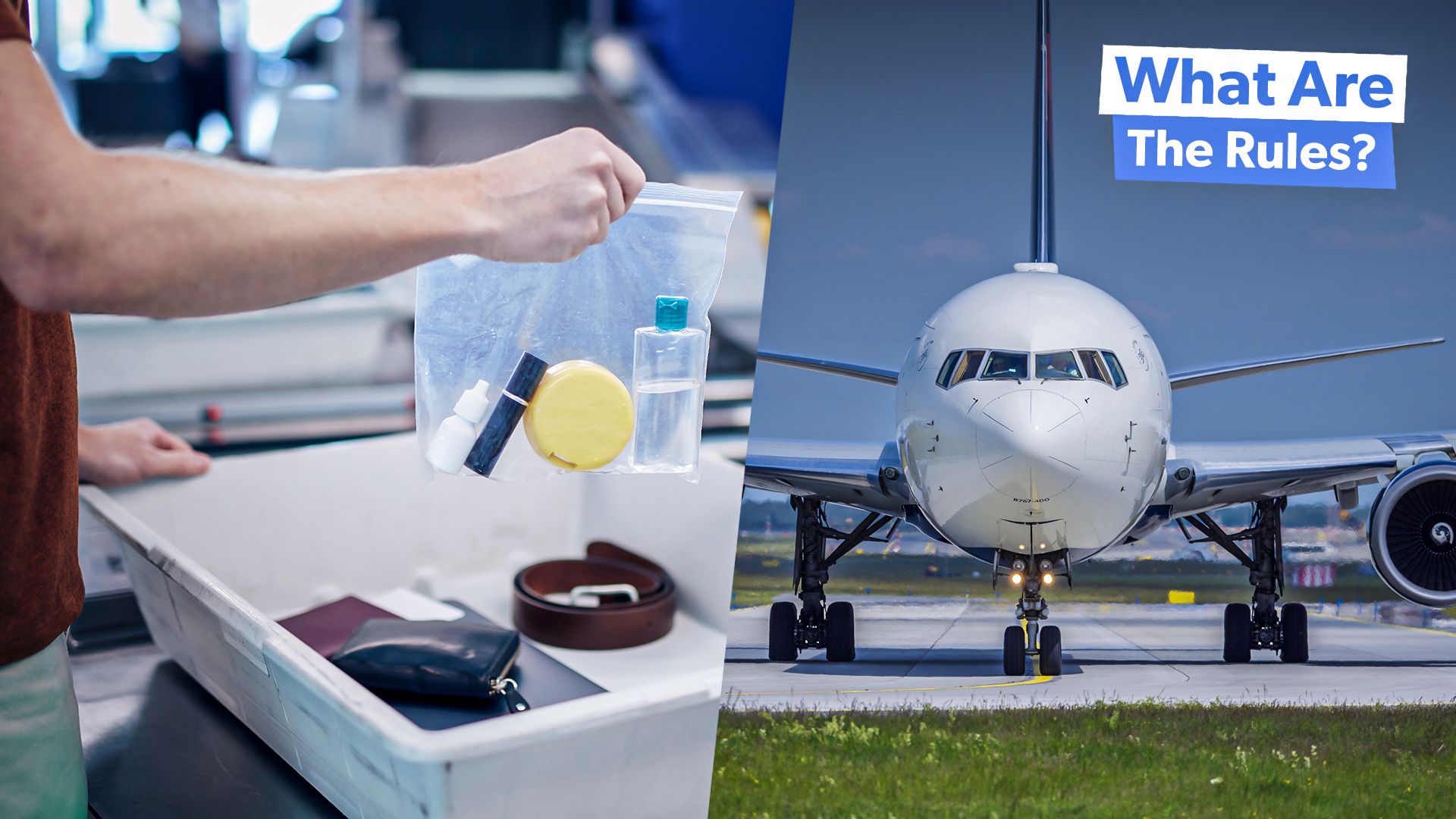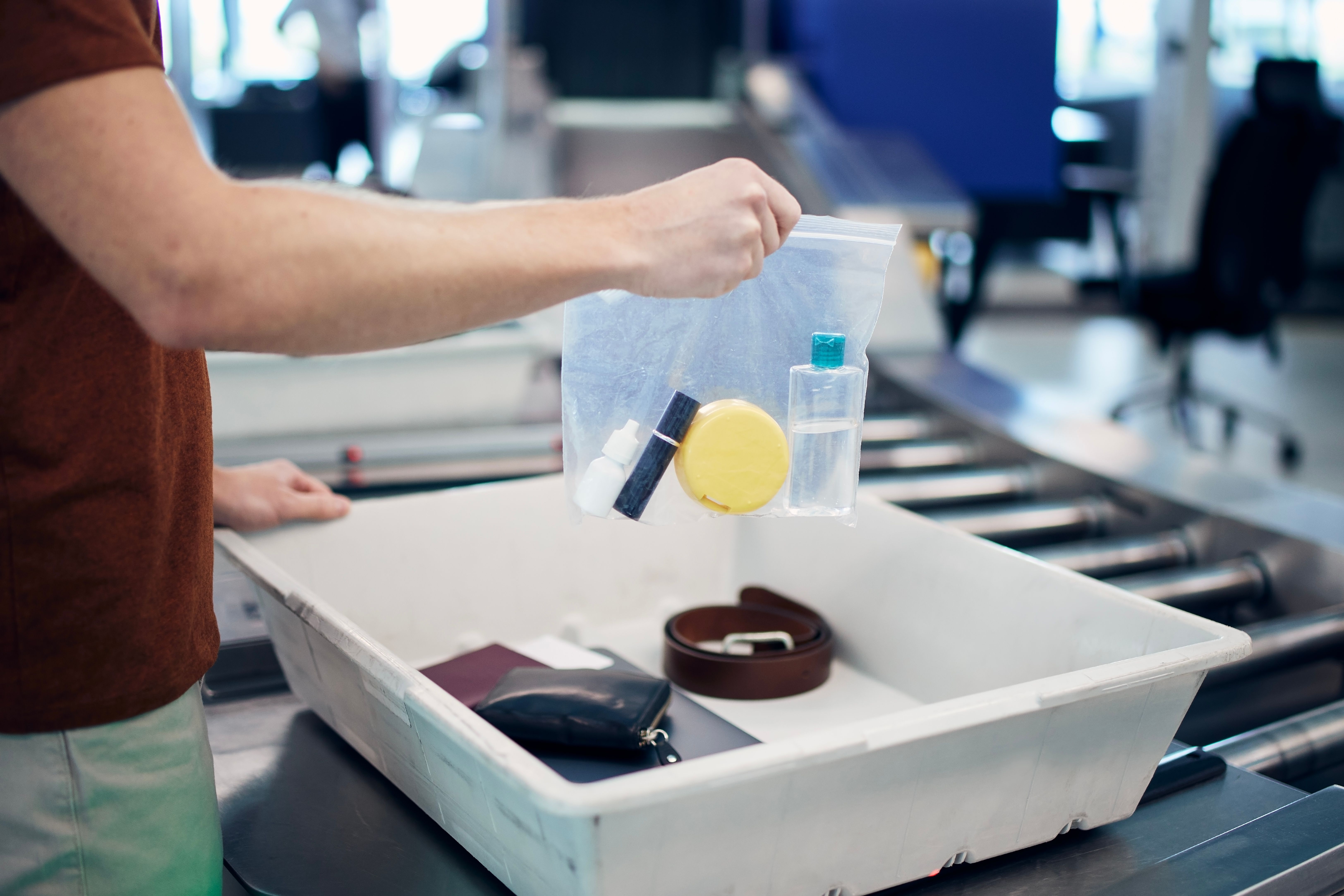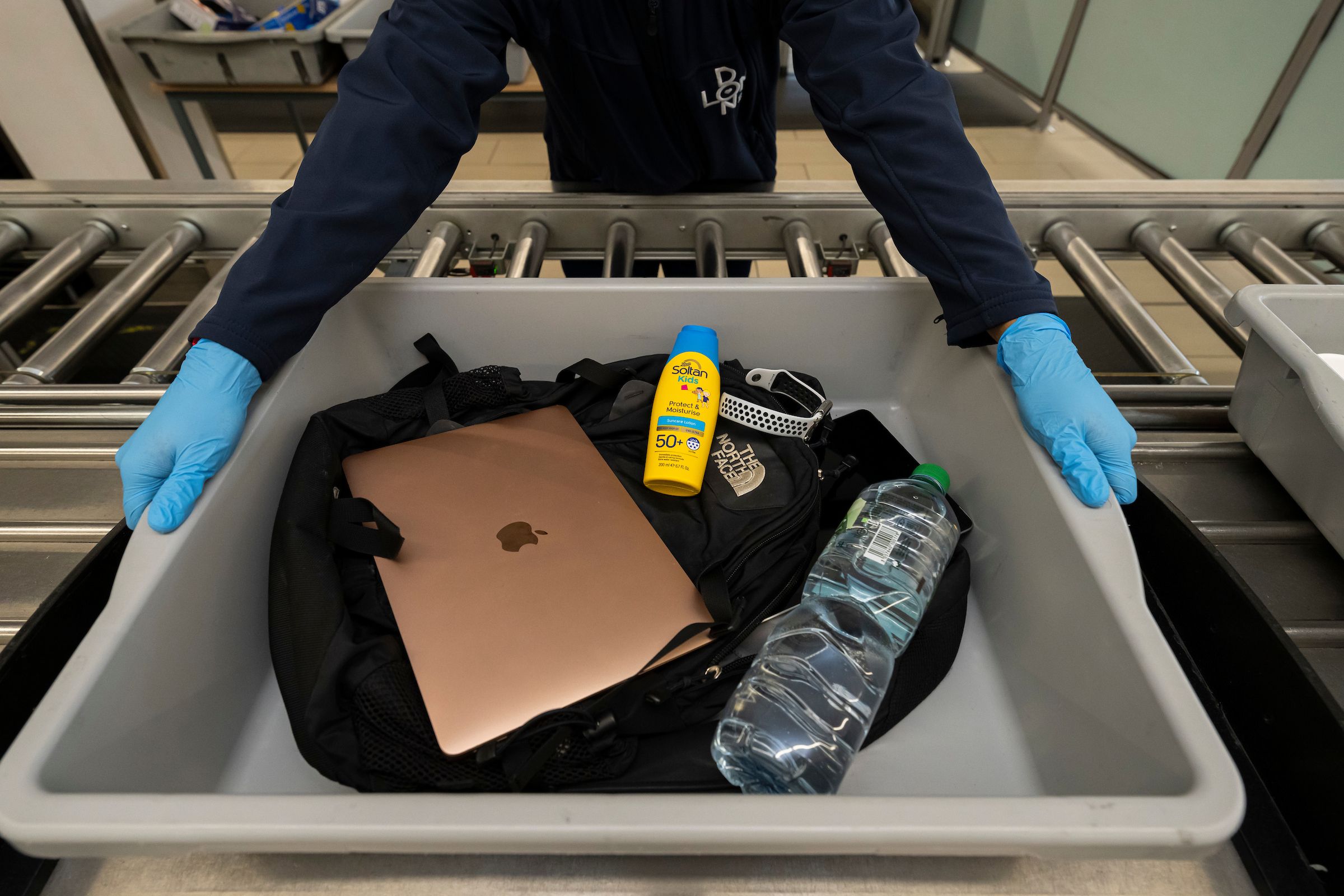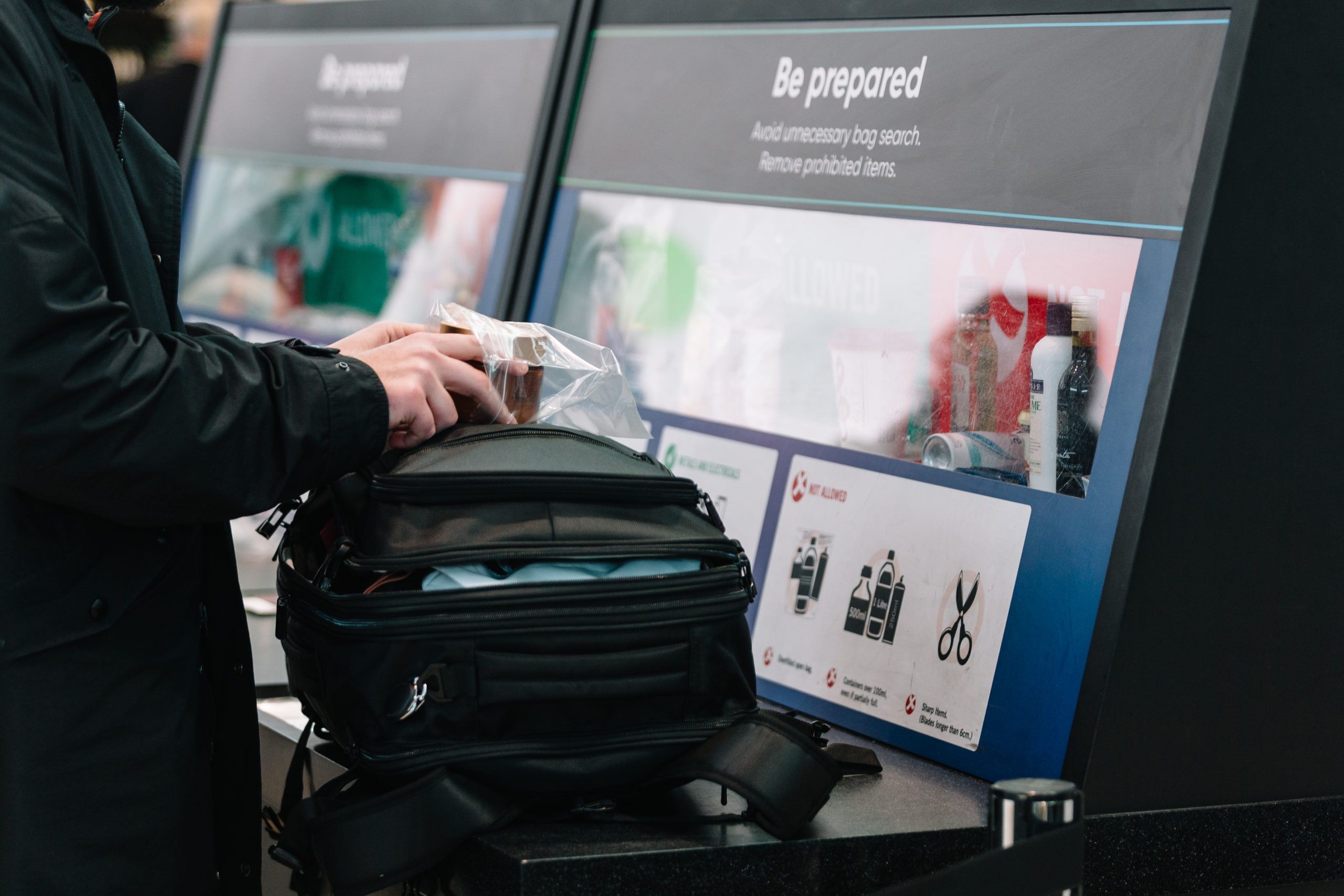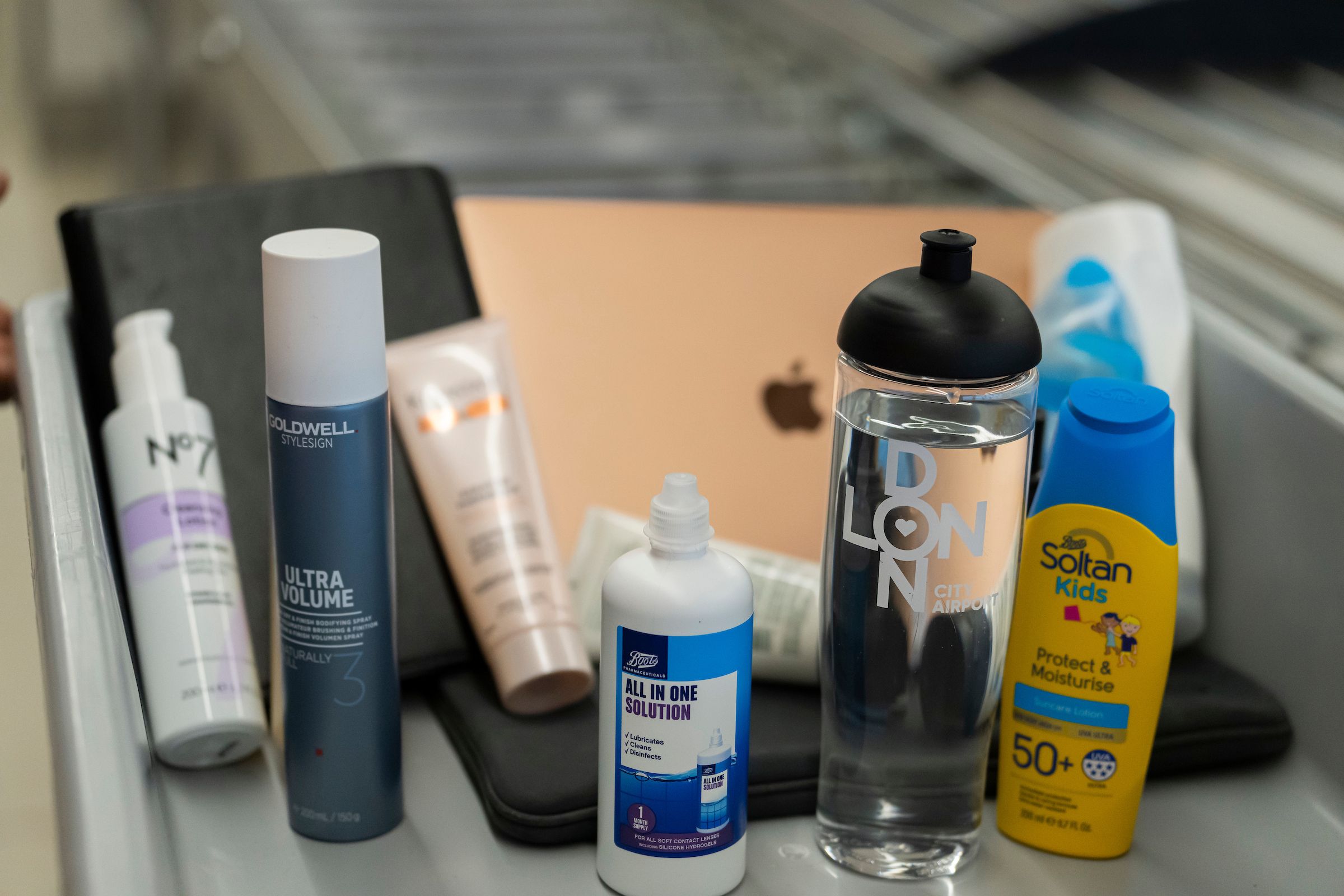Summary
- Different countries have varying liquid carry-on rules on airplanes, affecting medications, deodorants, and more.
- The 100ml rule in England was implemented in 2006 post-Al-Qaeda liquid explosive scare.
- Enhanced security technology may lead to revisions in current liquid carry-on rules at airports worldwide.
Different nations have different rules regarding how much liquid you can carry on board. In addition to creams, sanitizers, deodorant, and other forms of liquid, one can also bring in medication (in the form of liquid).
However, airline policies and policies of nations regarding the question of how much liquid one can bring in an aircraft differ. And with the introduction of newer technologies, the existing rules are expected to undergo some revisions.
The 100 ml rule in England
Many people interested in avaition and flying might have heard of the 100ml rule for bringing liquid on aircraft. The law dictates that one can take liquids in one’s hand luggage in containers that don’t have a volume of over 100ml.
Photo: Jaromir Chalabala | Shutterstock
Further, these containers must be placed in a single plastic bag, which, in addition to being transparent, must be re-sealable. The bag cannot be larger than 20cm x 20cm and should not have a volume of more than a liter.
This rule was put into place in 2006 after Al-Qaeda attempted to disguise liquid explosives as drinks at the busiest airport in England – Heathrow Airport in London (LHR).
Even Ryanair, the carrier headquartered in Ireland, has the 100 ml rule in place, alongside the following considerations:
- “You must be able to completely seal the bag and be able to fit it in your hand baggage;
- The bag of liquids must be taken out of other hand baggage to be screened separately.”
The airline further says:
“If you are traveling with an infant (8 days-2 years), you can bring as much baby milk, powdered milk, sterilised water, and baby food as you need for your flight, even if this exceeds the usual limit on liquids.”
The 3-1-1 liquid rule in the US
The following explanation can unravel the standard 3-1-1 liquid rule for traveling in the United States:
- The 3 in the 3-1-1 rule points to a 3.4 ounce limit for each container.
- The two 1s, on the other hand, refer to one plastic bag and one bag per person.
Photo: TSA
Some places where such rules don’t quite apply
Talking to Simple Flying, Karan Bhatta, a researcher of space science and an aviation journalist based in Nepal commented about his experiences of taking liquids on flights in Nepal:
” Sometimes, people take the local liquor of the country in water bottles disguised as water. Of course, the people who want to get onboard have this (water)bottle in their hands, and therefore it all looks rather inconspicuous.”
He further commented:
But when I asked some passengers who took alcohol on flights in this discreet way of disguising alcohol as water, they told me that this was for helping them calm their nerves, and getting rid of premonitions before the flight”
You can take a water bottle on domestic flights in Nepal, though. Before the pandemic, many carriers used to provide light snacks, chocolates, and water bottles on domestic flights in this Himalayan country, but this is no longer the case.
Photo: London City Airport
Countries that have high security risks, such as the US or the UK, have tighter security measures which smaller nations like Nepal might not be able to match. And therefore, strict limitations such as the 100 ml rule or the 3-1-1 rule aren’t as strictly applied.
But the 100 ml rule and the 3-1-1 liquid rule might change
Taking out liquid in the hand-carry delays the security checks at the airports. A similar case exists for checking electronic equipment as well. However, National Geographic Traveler (UK) reported that the installation of high-tech new security scanners might change the 100 ml rule altogether:
“The primary driver is an improvement in security technology. More advanced CT scanners mean that security staff are able to take a more detailed look at passengers’ luggage. As well as negating the need to remove liquids and limit them to 100ml, the new machines mean electronics can stay in bags — without closer inspections —and prohibited items such as weapons and liquid explosives can be better detected.”
The installation of such high-tech machines isn’t easy. Nor is it inexpensive. The staff working at the airport have to undergo rigorous training too.
Nick Barton, the chief executive of Birmingham Airport, even hinted to National Geographic that the new scanners could be a hundred times bigger than the existing ones, posing a significant challenge for airports to install them.
Photo: London City Airport
nidirect.gov.uk says that the installation of the newer security technologies at airports in the UK has already changed the 100ml limits on liquid you can carry onboard:
- “You can take liquid in containers that hold up to two liters of liquid in your hand luggage.
- You may not have to put the containers in a separate, transparent bag.”
However, you need to check with the airport about this before you travel.
What changes could we expect?
It has already been reported that a security upgrade in London City(LCY) has brought down the time to conduct security checks from seven minutes (in 2022) to three minutes and 45 seconds. At this airport, you can take up to two liters of liquid. At Shanon Airport (SNN), the limit has completely been scrapped.
Photo: London City Airport
It is expected that London Gatwick Airport (LGW) and Heathrow Airport (LHR) will make changes to their 100ml liquid rule in the first quarter of 2025, while airports such as Madrid (MAD), Barcelona (BCN), and Palma (PMI) are expected to make changes by the end of this year.

